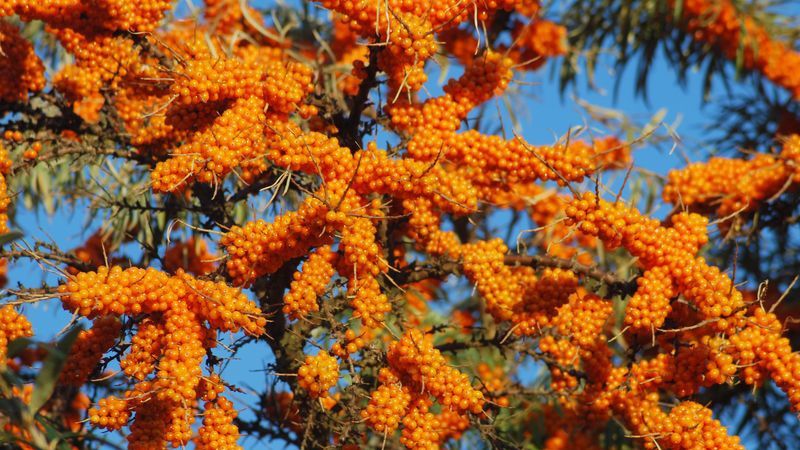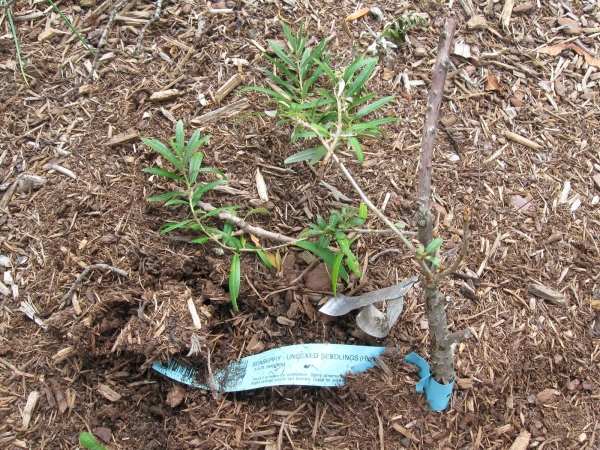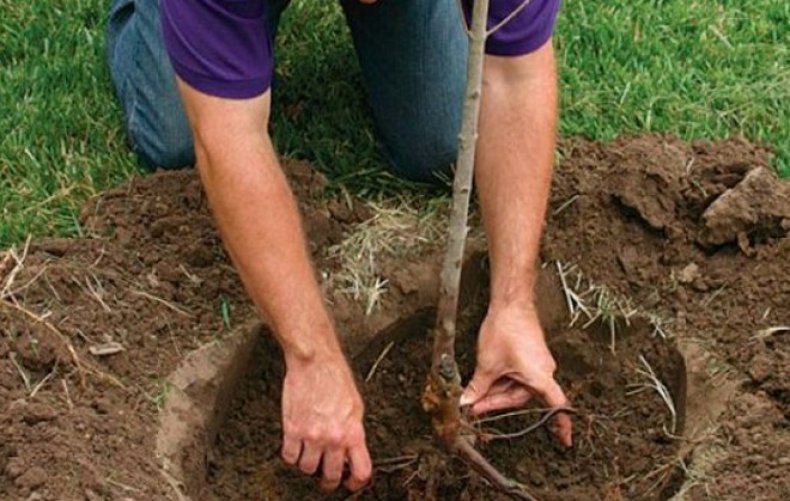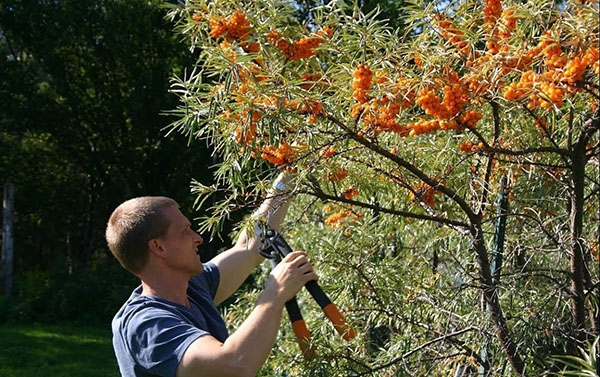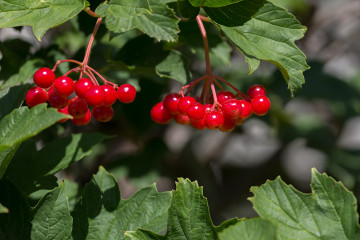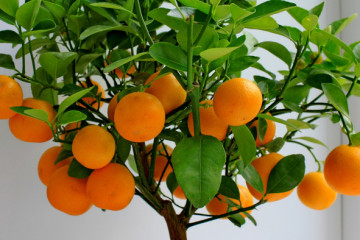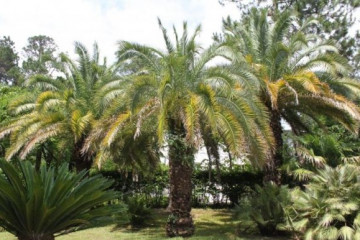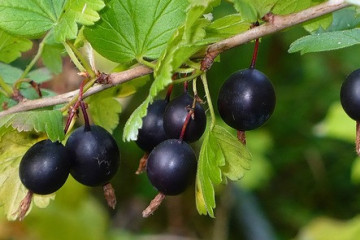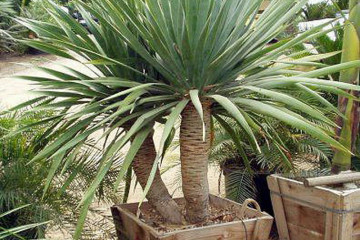Is sea buckthorn a tree or a shrub? Growing sea buckthorn at home
Content:
Severyanka by its origin, sea buckthorn has long taken root in the gardens of various climatic zones. It is grown most of all for the sake of healing sea buckthorn oil, but a decoction of berries is also useful, the berries themselves are tasty fresh. Often the sea buckthorn bush is planted as a hedge. By the way, many find it difficult to answer the question whether sea buckthorn is a tree or a shrub.
Indeed, even in the reference material, it is sometimes called differently. In fact, sea buckthorn is a shrub, although certain plant species can reach heights of up to 6 meters, like real trees. The main distinguishing feature in this case is that it has many-trunk, new twigs are replaced by new ones. While the trees are always single-stemmed. So when asked whether sea buckthorn is a tree or a shrub, it is more correct to answer that it is a shrub.
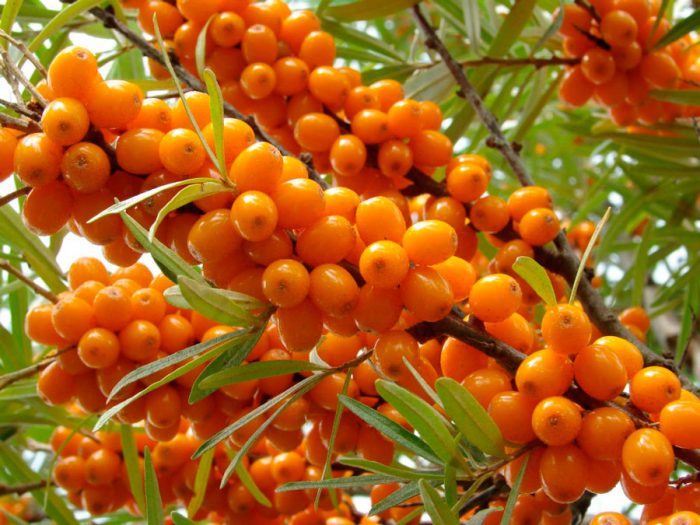
The plant got the name "sea buckthorn" in its appearance - the berries simply stick around the thin thorny twigs of the bush
This article tells about the most popular garden varieties of this plant and the peculiarities of cultivation.
Origin
The healing properties of this plant have been known for a long time. There is information about the use of sea buckthorn juice by ancient healers of Tibet and Mongolia. Excavations of settlements on the site of present-day Scandinavia also indicate that this plant was known in these places. There is information that in ancient Greece, the wounded were treated with sea buckthorn drugs, and the shoots of wild sea buckthorn were used to feed sick horses.
It is also known that in the life of sea buckthorn there were many periods of oblivion, as, for example, after the Middle Ages, when many folk recipes were abandoned and forgotten. Only in the 19th century, the plant was remembered, they began to treat it again not as a useless wild-growing shrub, but as an ornamental plant. It was with this aim that sea-buckthorn was cultivated in Russia, until one day, in the early 20th century, high-quality sea buckthorn was introduced in Altai.
The frost-resistant plant is popular in the gardens of Siberia, thanks to the work of I.V. Michurin, it became widely known in the USSR. Around the 70s, a real boom of people's love and passion for this berry began.
They learned how to make sea buckthorn oil, many different varieties appeared in the gardens, not only doctors, but also schoolchildren wrote reports about the healing properties of the plant. Today, sea buckthorn has again become a less frequent guest in the gardens, and in vain.
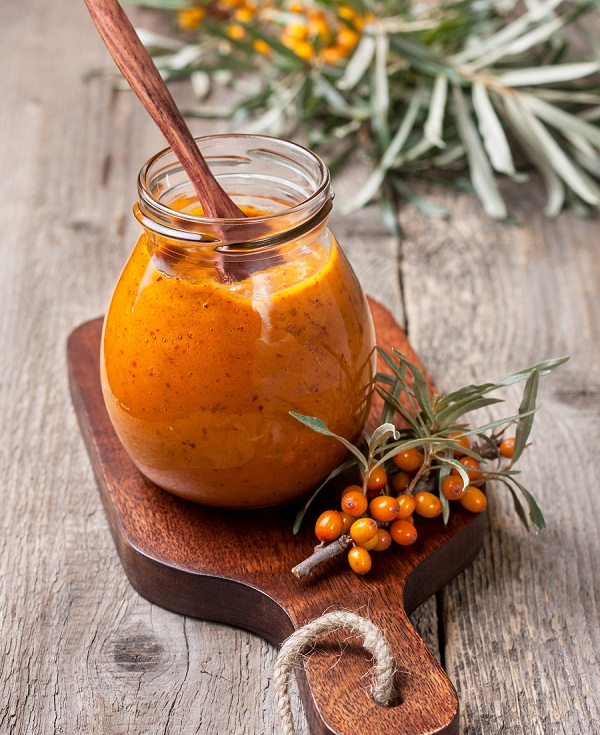
Today you can buy sea buckthorn oil at the pharmacy, but many people prefer to cook it with their own hands.
This plant is useful, extremely rich in elements necessary for a person.
Appearance
Outwardly, it is a thorny shrub that can reach a height of several meters. Dioecious sea buckthorn simply cannot grow in one bush on the site, because on one plant there are female flowers, and on the other there are male flowers, the pollen from which reaches the female inflorescences. So pollination by wind or bees is indispensable.
It is covered not only with fruits, but also with small thorns. The leaves of the shrub are long, slightly brownish or silvery.It is one of the few plants that blooms before the leaves appear. Its flowers are small, unsightly, collected in panicles-inflorescences.
The fruits are oval, with a thin delicate skin, inside of which there is a single dark-colored stone. This is the seed. Juicy bright fruits have an orange color and a peculiar aroma, which some consider pineapple, others - herbaceous. Ripening occurs in August and September, up to 12 kilograms of berries can be harvested from one bush.
Types and varieties
Through the efforts of breeders, many species and varieties of this plant have been bred. Today it can be grown both in the north and in the south, there are frost-resistant, high-yielding, the most delicious and most vitamin species and varieties. The main ones of the most popular among Russian gardeners:
- Chuiskaya is one of the highest in terms of yield, it is distinguished by its low growth and a spreading and sparse crown. The fruits, pleasant to the taste, have a weight of 0.9 g, the color of the berries is orange;
- Abundant - a variety with high winter hardiness, medium fruit size and a spreading crown. The taste is pleasant, sweet-sour, not damaged during collection. Has a high content of vitamin C;
- Orange - a variety of Siberian selection, is distinguished by frost resistance. Good for workpieces, as it has a sour taste;
- Oilseed - a variety of Altai selection, has an average winter hardiness and ripens late. Fruits are reddish, sour taste. They come off well, the separation from the stalk is dry;
- Giant - this variety is good because it is safe when harvesting, since the branches of the plant do not have thorns, even a child can pick berries. The crown is conical, its height can reach more than 3.5 meters. Fruits are large, sweet-sour, regular cylindrical shape;
- Dar Katuni is one of the most frost-resistant varieties, which, moreover, is not very susceptible to disease. The plant of this variety has a medium thickened crown, medium-sized fruits, orange. The thorns may be small or absent.
- The golden ear is another frost-resistant variety that bears fruit a year earlier than other varieties. Has few thorns, small berries, weight - about 0.5 g each. The brushes are dense, full. Increased frost resistance is the main difference and advantage of the variety;
- Altai news - disease resistant, quite fruitful. Crohn of medium thickening, grows up to 4 m. Berries of medium size, but poorly transported due to wet separation, vitamin.
Planting sea buckthorn in the ground
Growing sea buckthorn at home is not so troublesome. But you can get good quality berries only on a healthy and varietal bush. Otherwise, you can wait at least 3 years and get small, rare fruits, in general, be fooled with planting. To prevent this from happening, it is recommended to get acquainted with at least the basics of growing sea buckthorn in open ground.
What do you need for landing? First of all, good planting material. You need to plant a couple of plants: male and female "individuals". It is difficult for an inexperienced gardener to independently distinguish them, as a rule, advice is given in the nursery and planting material is selected there.
In spring, they differ in the color of the leaves: the female is greener, the male is grayish-silver. At rest, they can be distinguished by the buds: in female plants, they are smaller and hidden by a pair of scales. In males, they are larger and covered with several scales.
Optimal location
Sea buckthorn is a fairly light-loving shrub. The plant needs to create conditions as close as possible to its natural:
- The place should be bright and well lit.
- To prevent the roots from getting wet, there should be no groundwater nearby, that is, at a depth of up to 60 cm.
- Ideally, the sea buckthorn will be protected from the wind by a structure. For example, it is convenient to plant it on the south side of the garden house.
- It is undesirable to grow flowers and other plants around the sea buckthorn that will surround and oppress it, because the roots of the sea buckthorn are shallow and spread out quite wide.
- In order for the wind to pollinate the flowers better, male bushes should be planted from the windward side, female ones - on the contrary.
Step-by-step planting process
Reproduction of sea buckthorn is done by cuttings. The landing looks like this step by step:
- Dig a pit for the planting pit, for this, determine the size of the pit in the form of a cube 40 cm side by side. Add humus to the soil removed from the pit, season with potassium and phosphorus and fill it back into the pit.
- Now make a landing hole. To do this, install a peg for a garter in advance, then lay out the roots carefully and fill in the soil, tamping the ground.
- Water the stalk and surround the trunk circle with mulch.
Sea buckthorn care
It is simple, it usually includes pruning, timely watering and feeding.
Watering
You don't need to water the plant very often. Usually, in the first year after planting, the sea buckthorn bush requires regular watering, the soil should not be allowed to dry out. In the future, sea buckthorn does not need special watering, only during a drought.
Breeding also involves feeding. In principle, the plant grows without fertilization, but mineralization helps to improve the yield.
Top dressing
Complete mineral fertilizer with phosphate, potassium and nitrogen can be given in ready-made forms. Can be replaced with organic matter. So, there is nitrogen in the humus, it can also be taken from mature compost. You can use oven ash to feed the bushes, as well as use bone meal. All this goes to the bookmark in the planting hole, after planting for three years, the plant can not be touched. After 4 years of life, nitrogen, phosphorus and potassium are introduced in the spring in the fall.
Pruning bushes
Cropping is also very important. In the first year after planting, the branches are cut to form a bush.
It is here that the decision arises, what kind of sea buckthorn will be in shape: in the form of a bush or in the form of a tree, a trunk. If you want to form a single trunk, then you need to choose the strongest branch in the center, remove the others, in the second year of the plant's life, shorten another 2-3 branches, cut out the others. So repeat for 4 years.
If you need to grow a shrub, then more branches are left, about 7 branches are required for the entire life period, new ones grow, old ones are removed. It is advised to do sanitary pruning twice a year.
Sea buckthorn is an unpretentious plant, it can be grown in different regions of Russia, however, zoned varieties give the maximum return. Today, their choice is huge, so it's time to return the demand for sea buckthorn useful and necessary to people again.
